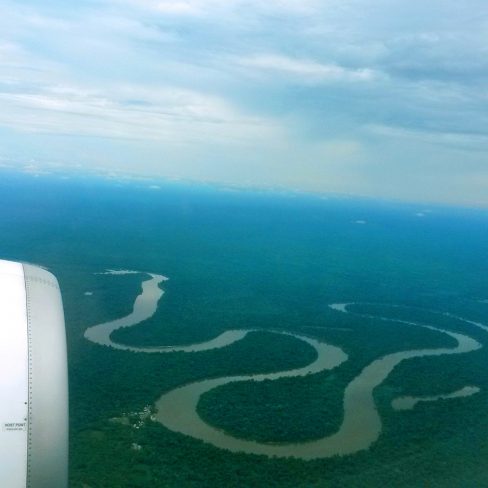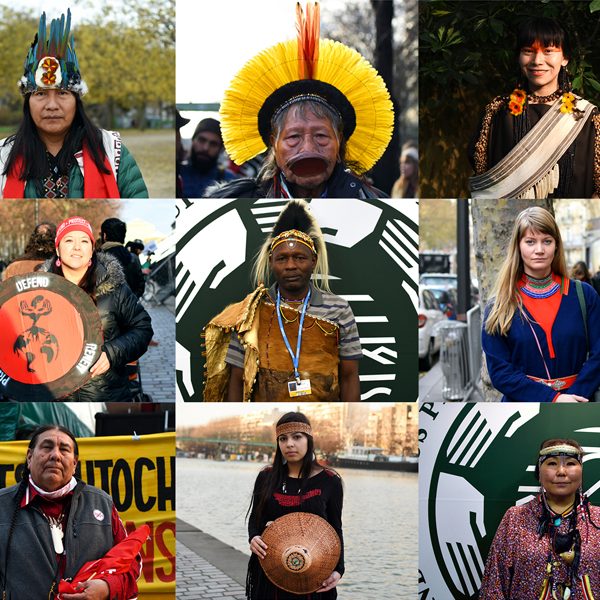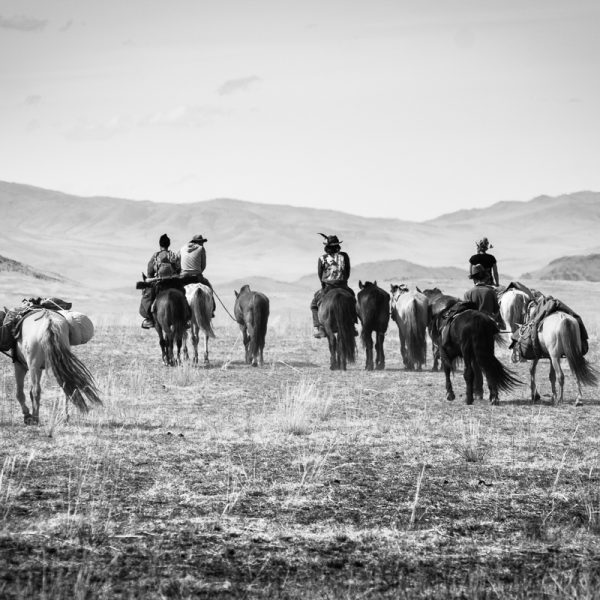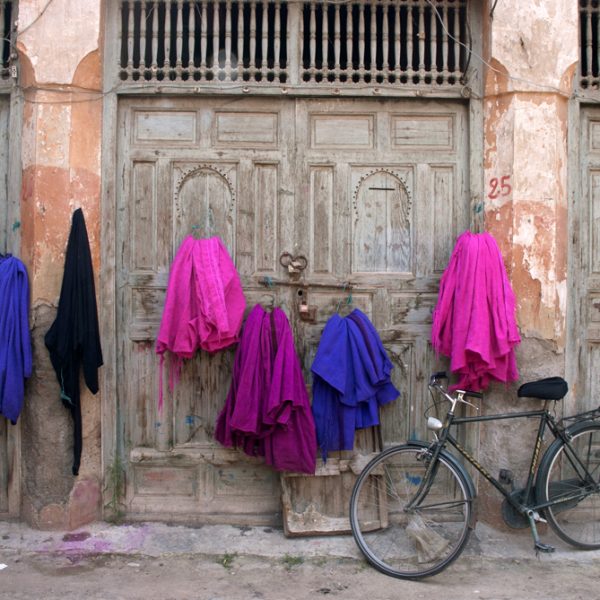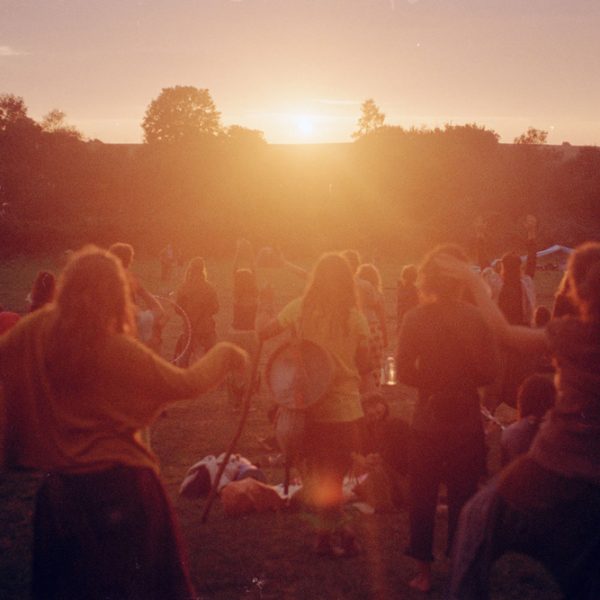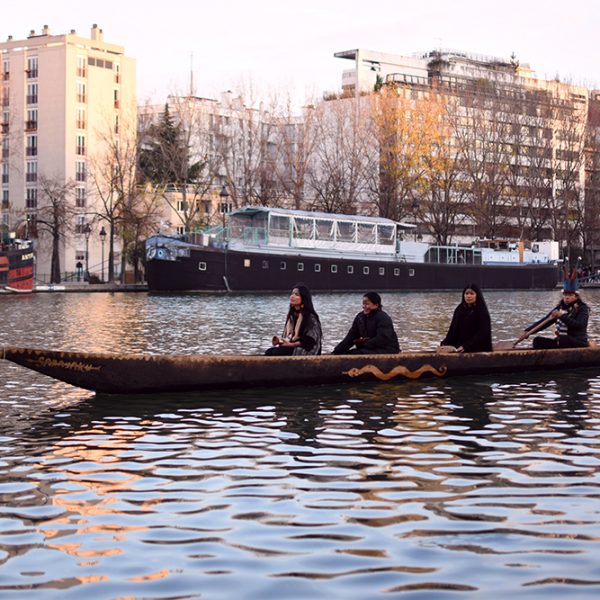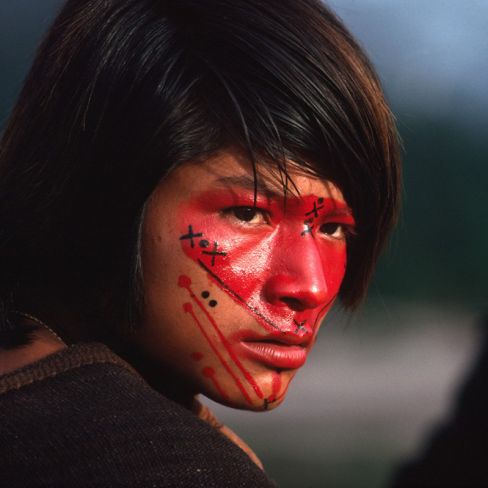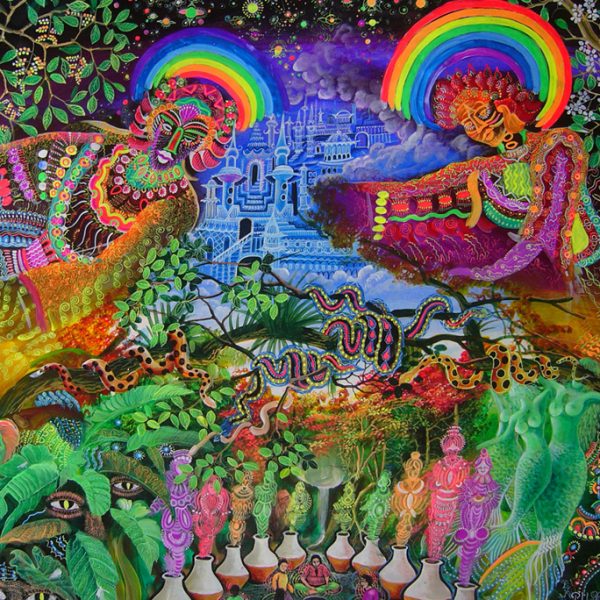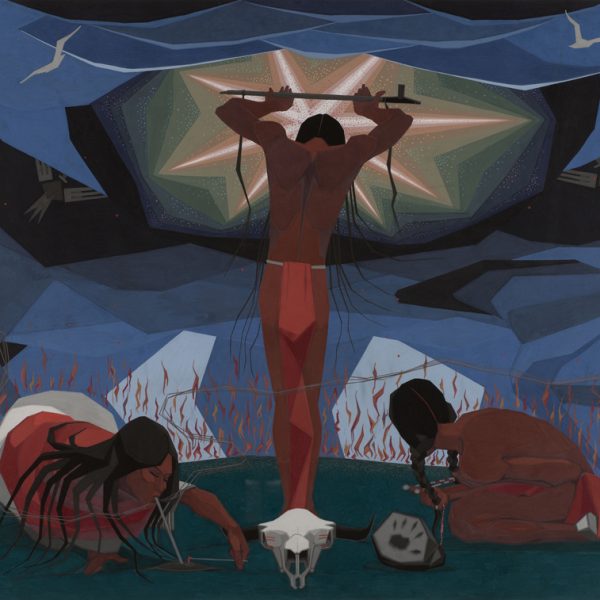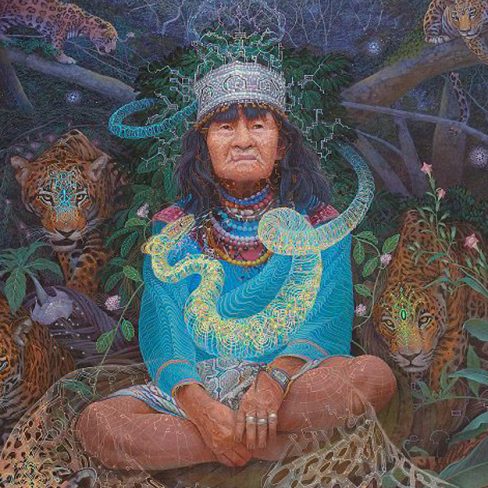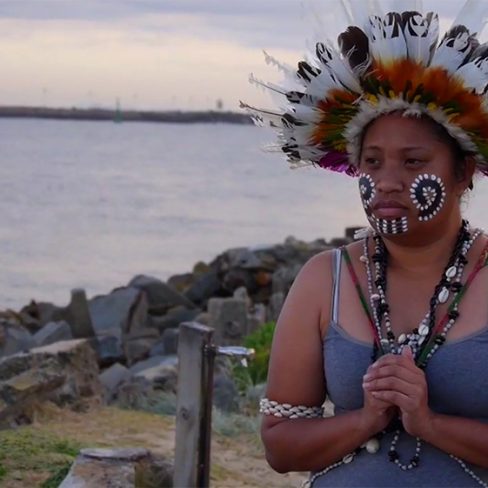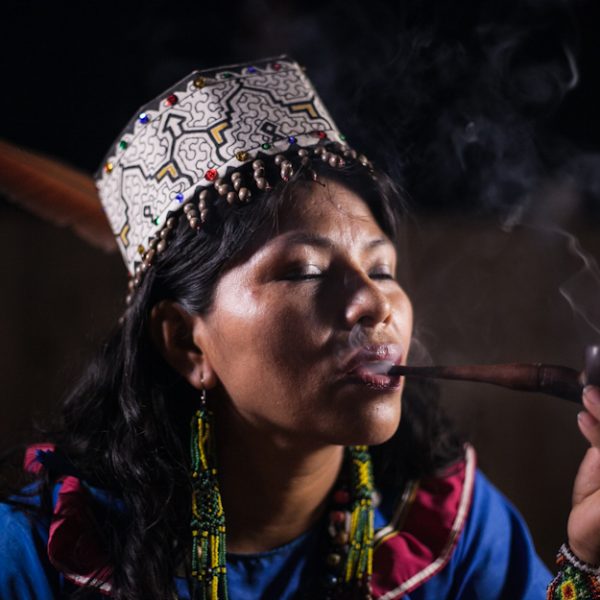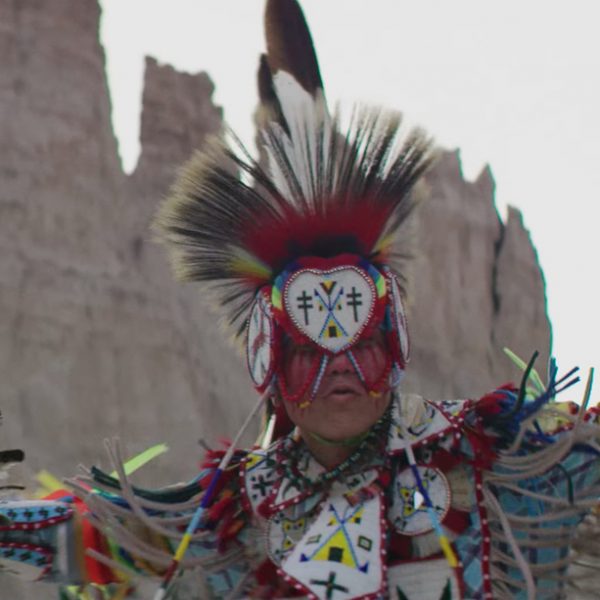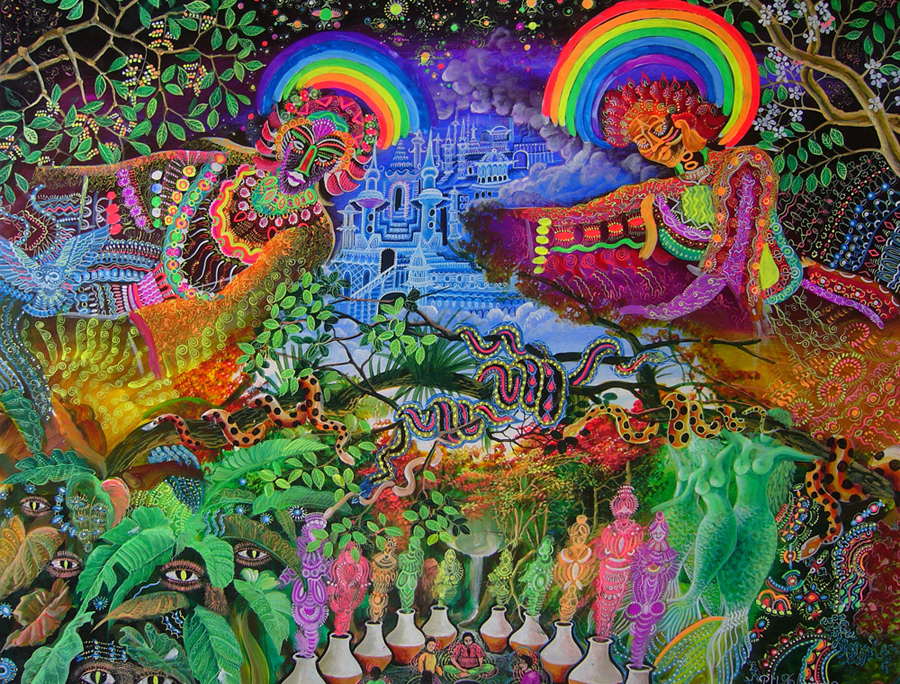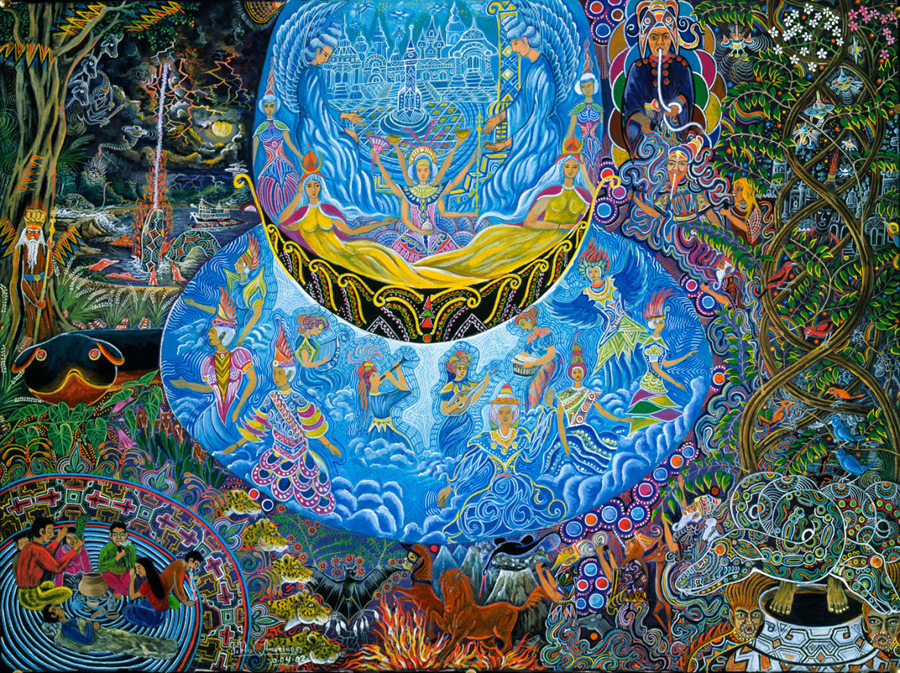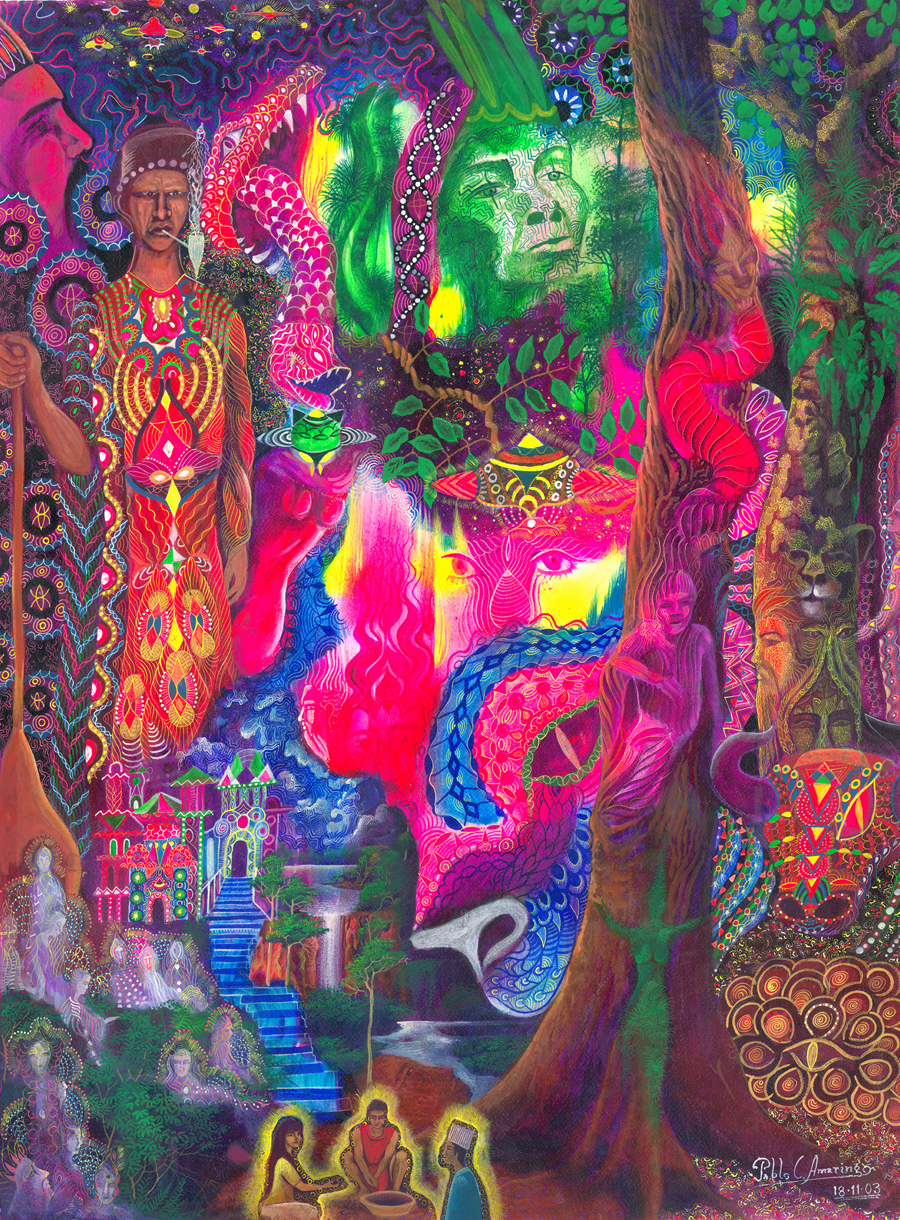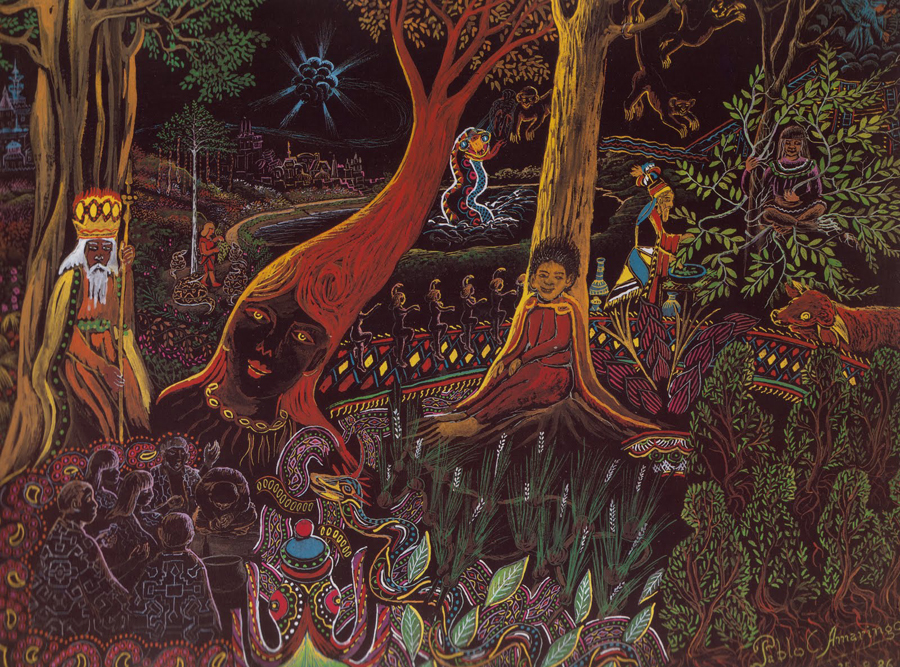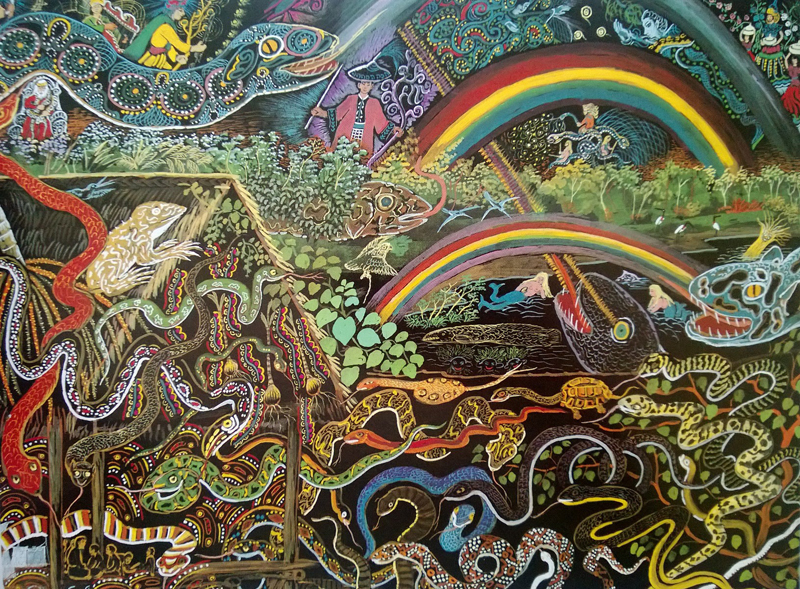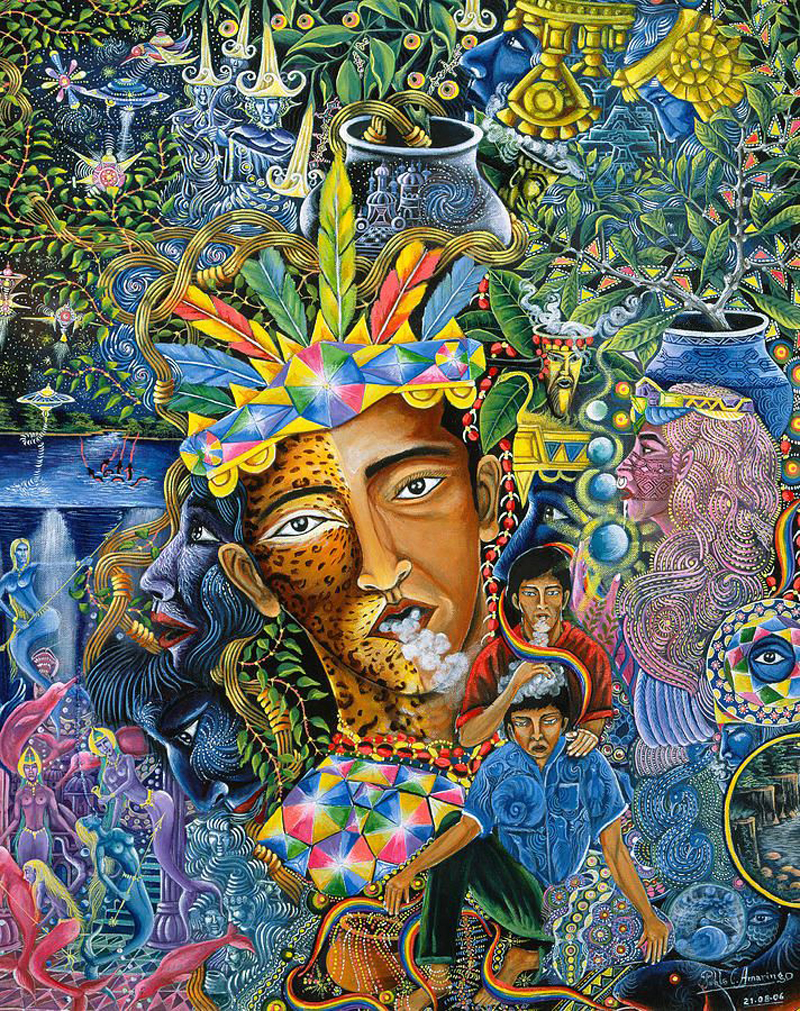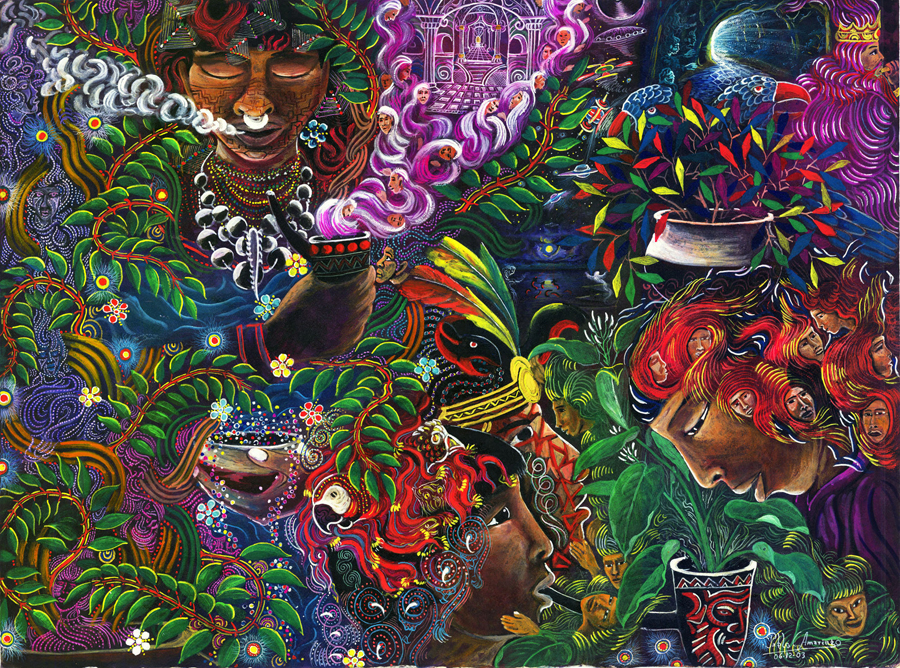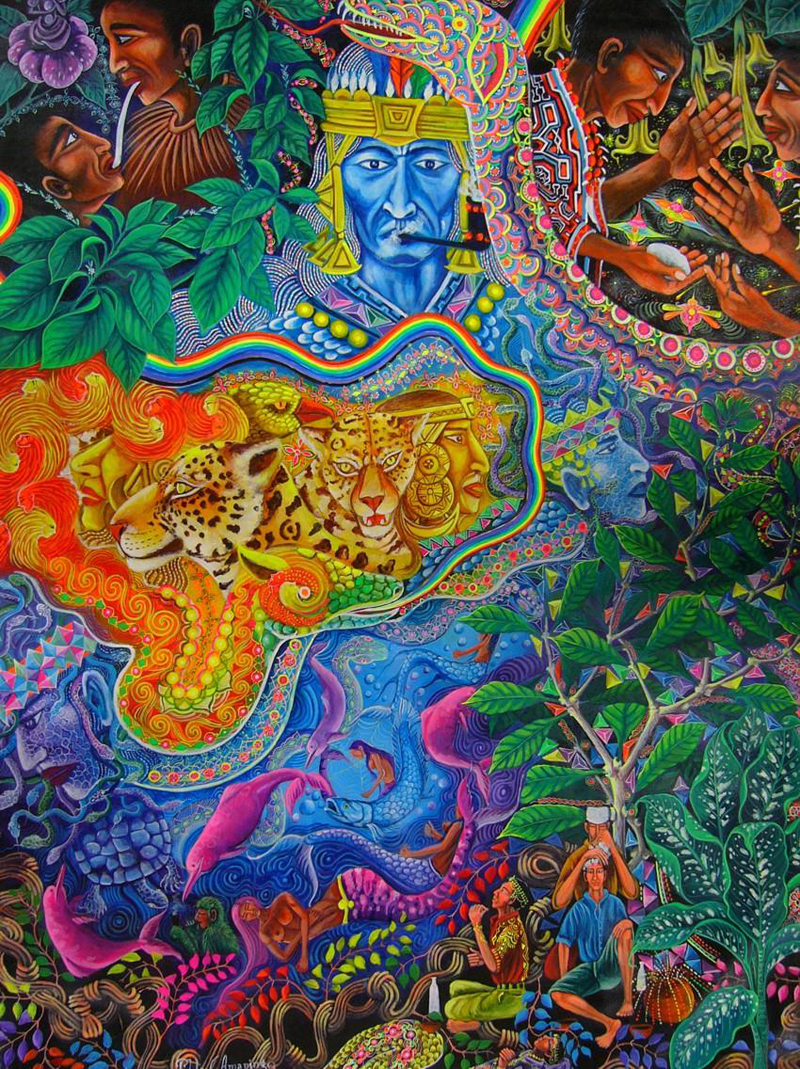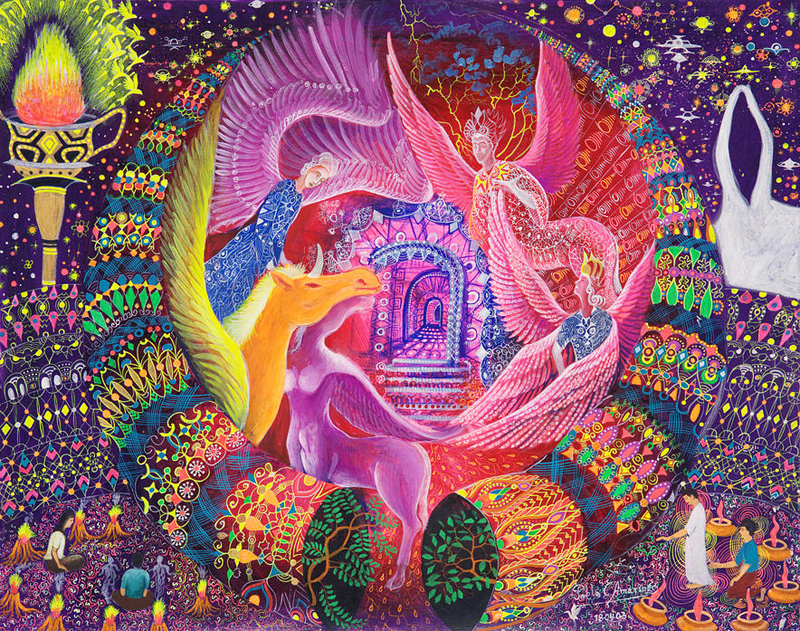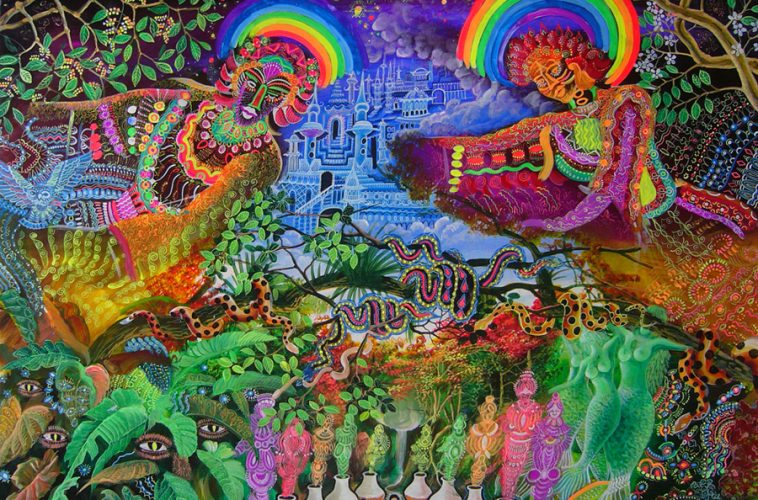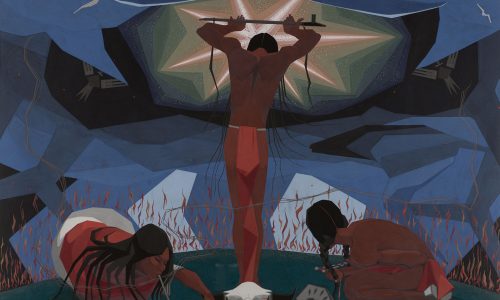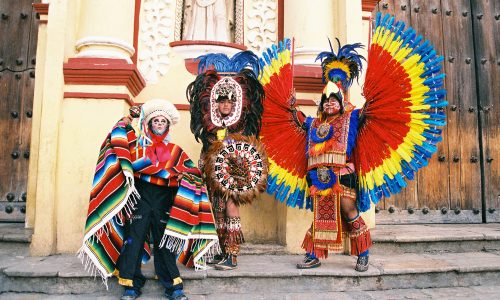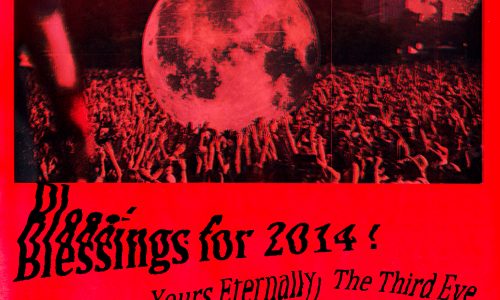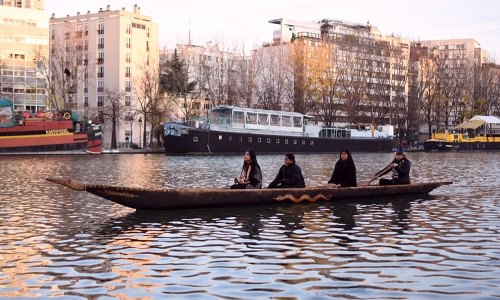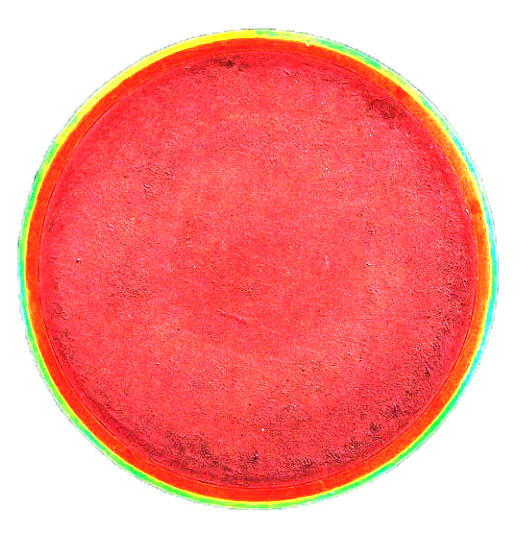A PERUVIAN SHAMAN’S VISIONS OF THE COSMOS, Pablo Amaringo’s Art
Visionary Art by the legendary artist-shaman from the Peruvian Amazon
29 Jul 2015
“Every tree, every plant, has a spirit.
People may say that a plant has no mind.
I tell them that a plant is alive and conscious.
A plant may not talk, but there is a spirit in it that is conscious,
that sees everything, which is the soul of the plant,
its essence, what makes it alive.
I feel a great sorrow when trees are burned,
when the forest is destroyed.
I feel sorrow because I know that human beings are
doing something very wrong.
When one takes Ayahuasca one can sometimes hear
how the trees cry when they are going to be cut down.
They know beforehand, and they cry.”– Pablo Amaringo
Deep inside the Amazon rainforest. This is where shaman and artist PABLO AMARINGO, one of the world’s greatest visionary artists, found the inspiration for his mythical art. Amaringo is renowned for his paintings depicting his visions from drinking Ayahuasca, an ancient, sacred, entheogenic brew consumed ritually by the indigenous peoples of the Amazon as part of their shamanic traditions.
Born in the Peruvian Amazon in Pucallpa, Pablo Amaringo (1938-2009) was ten years old when he first took Ayahuasca. After healing himself from a severe heart disease, Amaringo began to train as a curandero (shaman), healing himself and others, before giving this up in 1977 to dedicate his life to art.
Hypnotic, wildly colourful and incredibly intricate, Amaringo paints spirits, spaceships, sub-aquatic cities, celestial realms, extraterrestrial beings of great wisdom, spells, sorcerers and shamans, all revealed to him by Ayahuasca. It is a fantastical, spiritual universe brimming with the energy of the Amazon’s botanical landscapes and the mythic content of Amaringo’s visions, and the traditional ways of the indigenous peoples of the Amazon, in particular the Shipibo, Conibo, Shetebo, and Amahuaca tribes.
Alongside his own work as an artist, Amaringo notably founded the Usko-Ayar School of Painting, an art school and an institution devoted to the rescue and preservation of the knowledge and the traditions of the indigenous people of the Peruvian Amazon.
Amaringo saw his art as a sacred creation and medicine. He would chant ícaros (a song sung in Shipibo healing ceremonies, or by vegetalistas) while painting, as though his canvases, paint and brushstrokes were medicine. He regarded the paintings as physically manifested ícaros, with the power to heal and awaken.
A fascinating insight into a shaman’s way of seeing the world. An invitation into The Mythical, The Infinite and the source of life itself: Nature.
Text Sophie Pinchetti
All works by Pablo Amaringo
Courtesy of Pablo Amaringo Estate
“When you take any plant other than Ayahuasca, you connect through your dreams. You are conscious and awake. That is why it is the planta maestra – the eye through which you see the world,
the universe.”
“It is part of our mystic evolution. Everyone has a role to play inspiring, creating, evolving their minds to preserve the world.”
“The consciousness of plants is a constant source of information for medicine, alimentation, and art, and an example of the intelligence and creative imagination of nature. Much of my education I owe to the intelligence of these great teachers.”
“I consider myself to be the “representative” of plants, and for this reason I assert that if they cut down the trees and burn what’s left of the rainforests, it is the same as burning a whole library of books without ever having read them.”
“Plants – in the great living book of nature – have shown me how to study life as an artist and shaman. They can help all of us to know the art of healing and to discover our own creativity, because the beauty of nature moves people to show reverence, fascination, and respect for the extent to which the forests give shelter to our souls.”
“People who are not so dedicated to the study and experience of plants may not think this knowledge is so important to their lives—but even they should be conscious of the nutritional, medicinal, and scientific value of the plants they rely on for life.”





